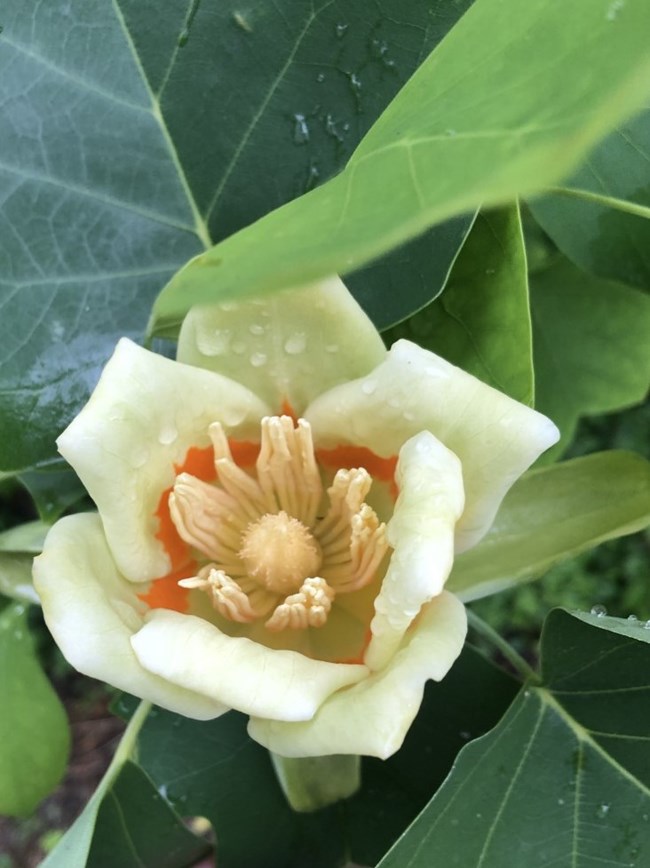
NPS Photo. Native & Non-Native Plant Species:A native plant is a plant that has existed in this region before colonization by Europeans in the 1630s. A non-native plant is a plant that has been introduced to an area by human activity, meaning anything that came with those early European settlers, along with those have settled in this region beyond. One tricky bit of information to remember here is: not all non-native plants are invasive, but all invasive plants are non-native. Invasive species are non-native and exhibit rapid growth and have other traits that allow them to spread more easily, and overtake native species. Invasive species can cause serious impacts on the native ecosystem. Today, in the Brandywine Valley unit of First State NHP, we can see other non-native plant species that have been introduced from Asia, Africa, and other European countries. The Botanical Inventory completed in 2015 concluded that approximately two-thirds of the total number of individual plant species found within the park’s boundary are native, and one-third of the total number of individual plant species found within the park’s boundary are non-native. However, even though there are fewer individual non-native plant species in total, they are located more frequently throughout the park than the native plant species, and are aggressively overpowering the native species. Other Things to Take Into Account When Learning About Plant Species:What’s Below: The Wildlife: Climate Change: |
Last updated: June 26, 2020
